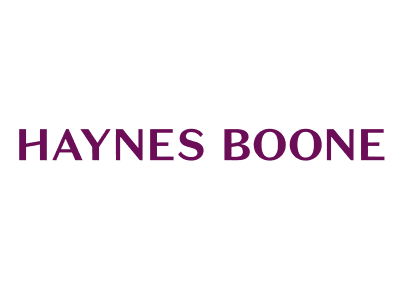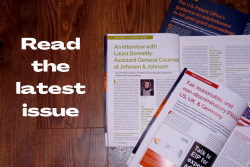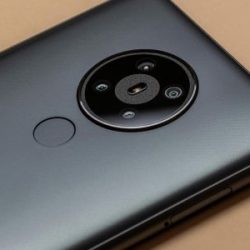On May 18, 2023, a unanimous US Supreme Court in Amgen Inc. v. Sanofi[1] affirmed a decision by the US Court of Appeals for the Federal Circuit that found Amgen’s patents invalid for lack of enablement. The Court held that the methods recited in Amgen’s patents did not enable a person skilled in the art (POSITA) to practice the claimed invention; that is, the reliable generation of antibodies.
The Amgen decision left the Section 112 enablement status quo undisturbed. Consistent with historic trends, the Court declined to develop a bright line rule for what constitutes sufficient enablement. It is clear, however, that “the more a party claims, the broader the monopoly it demands, the more it must enable.”[2]
Background
In 2014, Amgen obtained two patents—US Patent Nos. 8,829,165 and 8,859,741—that claimed entire genera of antibodies instead of particular antibodies described by amino acid sequences. The specification of the patents identified 26 antibodies that perform the claimed functions and disclosed two methods to make other antibodies covered by the claims. The district court for the District of Delaware and, on appeal, the Federal Circuit, held that the genus claims lacked enablement.[3]
US Supreme Court
The Court began with a review of the enablement requirement of Section 112. At bottom, Section 112 requires a patent applicant to describe the claimed invention “in such full, clear, concise, and exact terms as to enable any [POSITA]…to make and use the [invention].” The enablement requirement has existed since the Patent Act of 1790, and while the statutory text has changed over the years, the basic concept has remained the same: “the specification must enable the full scope of the invention as defined by its claims. The more one claims, the more one must enable.”[4]
The Court explained, however, that the enablement requirement cannot be applied rigidly. It does not require, for example, that the specification always “describe with particularity how to make and use every single embodiment within a claimed class.”[5] And, according to the Court, the sufficiency of “enablement is not measured against the cumulative time and effort it takes to make every embodiment within a claim.”[6] Thus, a patent specification describing a general quality of a class may be sufficient to meet the enablement requirement where the specification reliably enables a POSITA to make and use the entirety of what is claimed.[7]
Indeed, a specification may satisfy the enablement requirement even when “it leaves the skilled artist to engage in some measure of adaptation or testing.”[8] Where composition may vary or otherwise lack some degree of exactness, a specification may require some reasonable degree of experimentation to make and use the invention.[9] Ultimately, what is reasonable is a fact-intensive analysis that will vary depending on the technology and underlying prior art.
Turning to the claims at issue, the Court found that the specifications of Amgen’s patents did not provide a “roadmap” or “conservative substitution” technique enabling the claims. It amounted to what the Court termed “research assignments” for scientists to perform, each requiring extensive experimentation to see what works.[10] While a specification that requires some degree of experimentation may be acceptable, a specification that requires a POSITA to simply engage in trial and error, like the specification of Amgen’s patents, fails to satisfy the enablement requirement. And here, even with reasonable experimentation, Amgen’s patents did not provide enablement for the full breadth of the claims.
Takeaways
The Amgen decision does not upend enablement law, nor does it directly address the In re Wands factors that lay the foundation of what a finder of fact should consider in an enablement analysis:
(1) the quantity of experimentation necessary, (2) the amount of direction or guidance presented, (3) the presence or absence of working examples, (4) the nature of the invention, (5) the state of the prior art, (6) the relative skill of those in the art, (7) the predictability or unpredictability of the art, and (8) the breadth of the claims.[11]
At best, Amgen may be read to indirectly provide guidance on In re Wands factors 1, 3, and 8.
Regarding the quantity of experimentation necessary (In re Wands factor 1), Amgen comes short of expressing a specific standard for what constitutes excessive experimentation. Rather, the Court reiterated that “a specification may call for a reasonable amount of experimentation to make and use a patented invention.”[12] Logically, a need for excessive experimentation, on the other hand, may result in a situation where an inventor claims a broad class, while instructing others to discover what the class entails.
Similarly, the Amgen decision does not state a rigid rule for what might be sufficient to demonstrate the presence or absence of working examples (In re Wands factor 3). The Court make clear, however, that a specification does not always need to “describe with particularity how to make and use every single embodiment within a claimed class.”[13] Instead, “it may suffice to give an example (or a few examples)” where the specification discloses a general quality that may reliably enable a person skilled in the art to make and use the breadth of what is claimed.[14]
The importance of the ultimate breadth of the claim (In re Wands factor 8) is also evident in the Court’s analysis. Broad claims—such as instances where a patent claims an entire class or genus—will carry a higher enablement requirement than more narrow or limited claims. “If a patent claims an entire class of processes, machines, manufactures, or compositions of matter, the patent’s specification must enable a person skilled in the art to make and use the entire class.”[15] Such scrutiny makes sense: given the monopoly a patent provides, it is in the public’s interest to ensure that the monopoly does not exceed what is supported by the patent. Broader claims result in broader monopolies, and necessarily will require more support to enable the breadth of the claims. Put another way, “the more a party claims, the broader the monopoly it demands, the more it must enable.”[16]
Amgen does not change the current state of enablement law under Section 112. It does, however, reiterate the importance of the enablement requirement and provide some guidance on the proper analysis of several In re Wands factors. Moving forward, the Amgen decision should remind applicant and litigation parties of the importance of the enablement requirement and how it may impact the breadth or validity of patent claims.
Written by David McCombs, Eugene Goryunov, Jonathan Bowser, Matthew Beck of Haynes & Boone
This article reflects only the present personal considerations, opinions, and/or views of the authors, which should not be attributed to any of the authors’ current or prior law firm(s) or former or present clients.
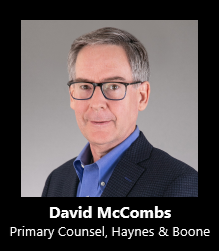
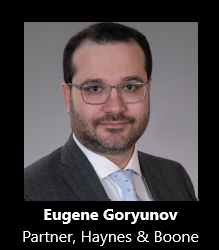

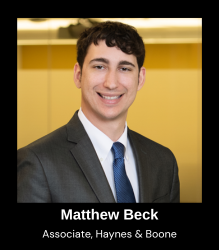
[1] No. 21-757 (May 18, 2023).
[2] Id. at 16.
[3] Amgen Inc. v. Sanofi, No. CV 14-1317-RGA, 2019 WL 4058927 at 13 (D. Del. Aug. 28, 2019); Amgen Inc. v. Sanofi, 987 F.3d 1080, 1088 (Fed. Cir. 2021).
[4] Amgen, No. 21-757, slip op. at 13.
[5] Id. at 13 (emphasis added).
[6] Id. at 18.
[7] Id. at 13-14.
[8] Id. at 14.
[9] Id. at 14-15.
[10] Id. at 16.
[11] In re Wands, 858 F.2d 731, 737 (Fed. Cir. 1988).
[12] Amgen, No. 21-757, slip op. at 15.
[13] Id. at 13.
[14] Id.
[15] Id.
[16] Id. at 16.



